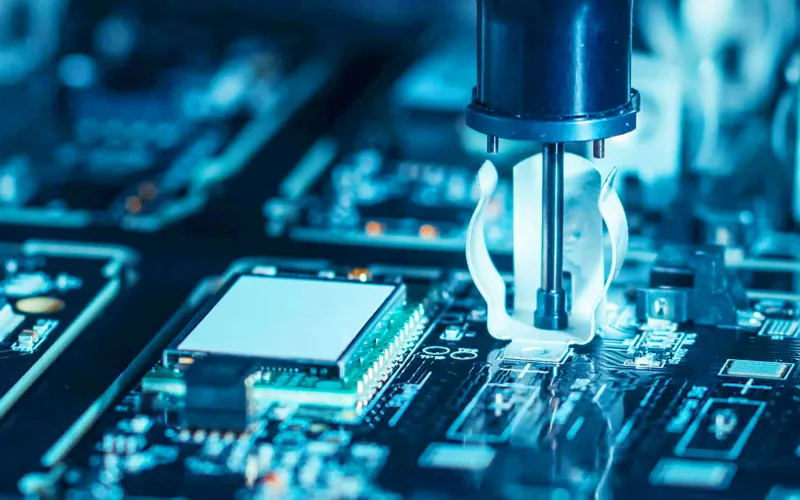Use High Performance Thermal Pads in PCB Design and Manufacturing
- Posted on:2023-07-14 09:30:00
- Source:AOK Thermal Pad Manufacturer Industry News
In the design and manufacturing of printed circuit boards (PCBs), thermal pads play an essential role in heat dissipation. They are used to transfer heat from electric components to heat sinks or other heat-dissipating components. Here is a general guide on how to use thermal pads in PCB design and manufacturing:
1. Determining the Need for Thermal Pads
The first step is to evaluate the thermal requirements of your PCB. If your design includes high-power components such as processors, power transistors or LEDs, which generate significant heat, thermal pads will likely be necessary. The use of thermal modeling and simulation software can help determine your needs.
2. Selecting the Right Thermal Pads
Thermal pads come in different types, including gap fillers, phase-change materials, and graphite pads, each with their own thermal conductivity properties. Selection should be based on the thermal resistance, thickness, and compressibility of the pad to ensure optimal heat transfer.
3. Placement of Thermal Pads
Thermal pads should be placed between the heat-generating component and the heat-dissipating surface, typically a heat sink or the metal core of the PCB. The pad should cover as much of the component's surface area as possible to maximize heat transfer.
4. Designing the PCB Layout
In the PCB layout, provision for thermal pads should be made. Thermal pads usually require a specific type of footprint on the PCB, referred to as a thermal pad footprint. This footprint should be the same size as the thermal pad and should be connected to other thermal relief pads using thermal vias. These vias help to transfer heat from the component side of the PCB to the other side.
5. Manufacturing Process
During assembly, the thermal pad is typically applied to the PCB before the component is placed. Care must be taken to ensure that the pad is properly aligned with the thermal pad footprint on the PCB. After the component is placed, the assembly is usually passed through a reflow oven. The heat of the oven causes the pad to adhere to both the component and the PCB, ensuring good thermal contact.
6. Testing and Verification
After assembly, the PCB should be tested to verify that the thermal pad is working correctly. This can be done using thermal imaging cameras, which can identify hot spots on the PCB. If a component is running hotter than expected, it may indicate a problem with the thermal pad.
Remember, the key to effective use of thermal pads is proper selection, placement, and assembly. When done correctly, thermal pads can significantly improve the reliability and lifespan of your PCB by effectively managing heat. It's a critical aspect of PCB design, particularly for high-power applications.
If you would like to learn more about AOK performance thermal materials, please visit our website at www.aok-technologies.com


